
You didn’t come this far to stop
The Removal of "Starchy Archy"
and Command Reorganization in Malaya
Episode 21: The Removal of "Starchy Archy" and Command Reorganization in Malaya
In early 1941, as tensions escalated in the Far East, the strategic and leadership landscape of Malaya Command underwent significant changes. Major General Gordon Bennett and Brigadier Harold Taylor, along with the 22nd Brigade Group, arrived in Singapore during a period of crucial reorganization. This episode explores the key decisions made by Air Chief Marshal Sir Robert Brooke-Popham and the subsequent reshuffling of command personnel, aimed at addressing inefficiencies and preparing for the impending conflict.
WW2 HISTORYDESCENT INTO HELLIN THEIR FOOTSTEPS BLOG
Toursofwar.com
8/3/20244 min read
Initial Moves After Arrival Upon his arrival in Singapore
Brooke-Popham's Swift Actions
Upon his arrival in Singapore, Air Chief Marshal Sir Robert Brooke-Popham wasted no time in addressing the issues plaguing Malaya Command. The governor, Sir Shenton Thomas, was also briefed in London and by Brooke-Popham upon his arrival, fully aware of the impending changes. On December 13, 1940, Brooke-Popham made a significant impact at the council meeting, where he launched a vigorous critique of the previous regime led by Sir Shenton Thomas. This meeting highlighted the existing rifts and set the stage for forthcoming changes.
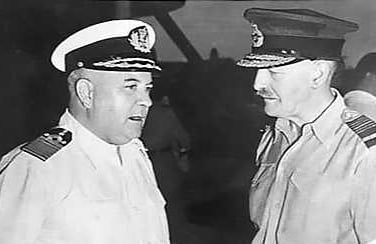

Did You Know?
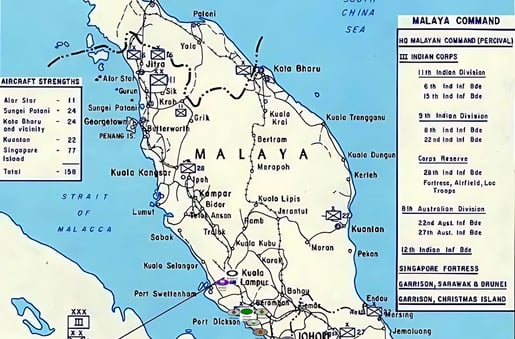

Lionel Wigmore’s ineffective management significantly impacted the defense planning in Malaya, leading to his eventual removal.
The Removal of "Starchy Archy" One of Brooke-Popham’s early and impactful decisions was the removal of Lionel Wigmore, also known as "Starchy Archy," from his position as Defense Committee Chairman. Wigmore’s strained relationships with both General Bond and Air Vice-Marshal Babington had contributed to a dysfunctional command structure. Brooke-Popham criticized Wigmore for his procrastination and ineffective leadership, which significantly undermined the defense efforts.
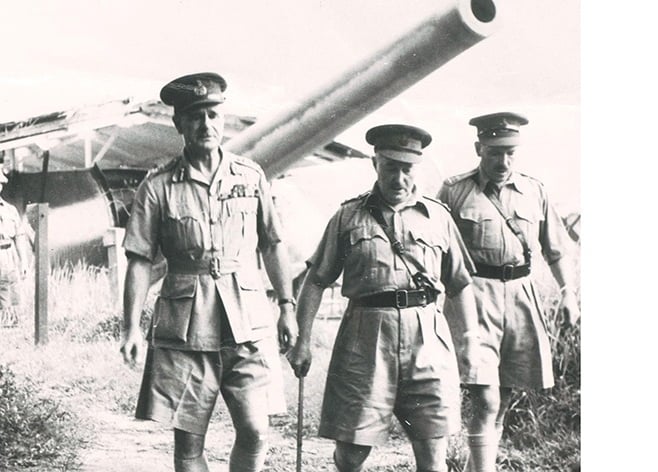

The Fall of Lionel Wigmore
The Removal of "Starchy Archy"
The Rice Supply Debacle
Key Failures and Accountability
A major point of contention was Wigmore's mishandling of critical resources, particularly rice. Despite early warnings and directives from the Chiefs of Staff in August 1939 to stockpile rice, no substantial action was taken. By October 1940, it became evident that the existing stockpile strategy, based on Wigmore's advice, was inadequate. This failure in logistics was a major factor in the decision to remove him.
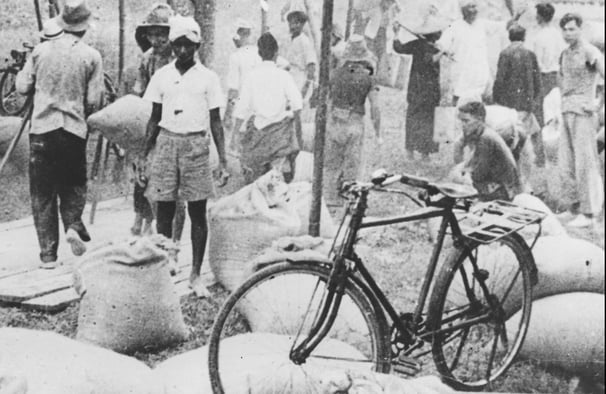

Pulford and Percival
Leadership Replacements
Following the removal of Wigmore, Brooke-Popham focused on replacing key figures within the command structure. Air Vice-Marshal C.W. Pulford was appointed to replace Babington. Pulford brought extensive experience from his service in World War I and his previous role as AOC 20 Group. General Arthur Percival replaced Bond, bringing a wealth of experience from his previous roles, including his detailed understanding of Malaya’s strategic requirements. Percival’s background included his service in the 44th Division and his previous experience in Singapore, which were seen as valuable assets for the new role
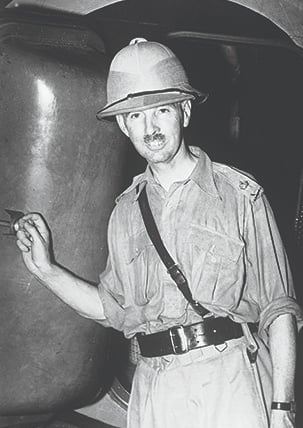

Replacing Bond and Babington
Criticisms and Challenges
While Brooke-Popham’s decision to overhaul the command structure was crucial, his subsequent strategic decisions were met with mixed reviews. The effectiveness of the RAF’s ability to defend Malaya and Singapore was questioned, with Brooke-Popham’s appraisal seen as flawed by some. Despite his efforts to reorganize and address the command issues, the effectiveness of his strategic decisions remained a contentious issue.
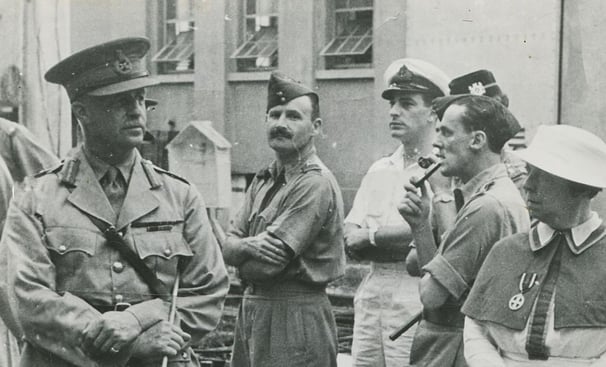

Conclusion
The restructuring of Malaya Command under Brooke-Popham, marked by the removal of key figures like Lionel Wigmore and the appointment of new leaders, was a critical step in preparing for the looming conflict. These changes were essential in addressing the inefficiencies and improving the defense capabilities of the region. As we move forward, the next episode will focus on the RAF's efforts to defend Malaya and Singapore from the Japanese invasion and the challenges faced during this period.
Next Episode: The upcoming episode will delve into the RAF’s strategy and efforts to defend Malaya and Singapore from the Japanese invasion. If you have specific aspects or details you’d like to focus on, let me know!
How You Can Help
Donations and Sponsorships: We are seeking corporate sponsorships and donations to fund ongoing restoration projects and educational programs. Your support can make a significant difference in maintaining the quality and impact of the museum.
Volunteer Opportunities: If you have expertise or time to offer, consider volunteering with us. There are many ways to get involved, from artifact restoration to educational outreach.
Spreading the Word: Share this blog and our mission with your network. The more people who know about the JEATH War Museum and its significance, the greater the impact we can achieve together.
The St Andrews Research Team is dedicated to preserving the legacy of the Thai-Burma Railway and the memories of those who suffered. We need your support to continue our work. There are several ways you can help:
Join the Cause!
If you or someone you know is interested in supporting this cause, please get in touch.
This is a chance to be part of something truly meaningful and impactful.
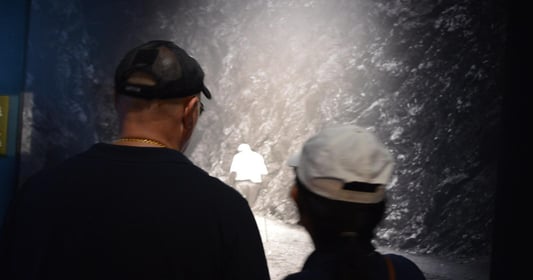

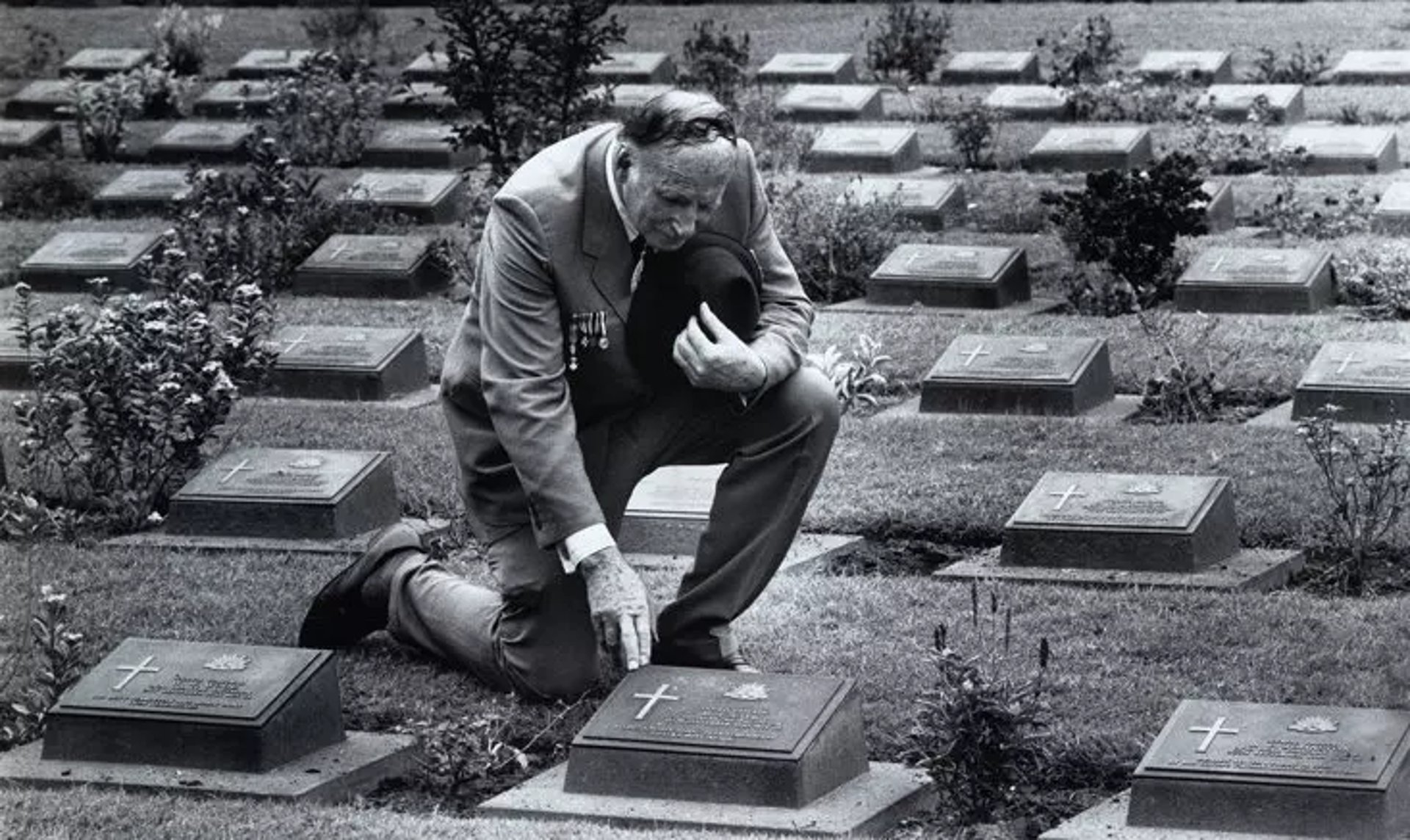
Together, We Can Make a Difference!
This is a veteran-run project, and we need your help to make it happen. Stand with us in honoring the legacy of the POWs and ensuring their stories are never forgotten.
